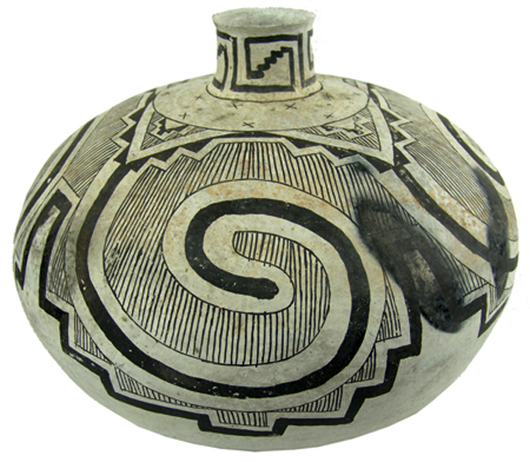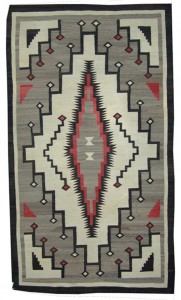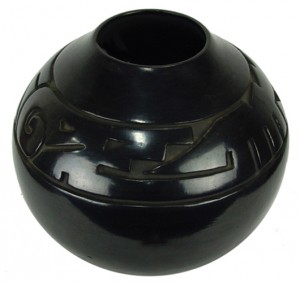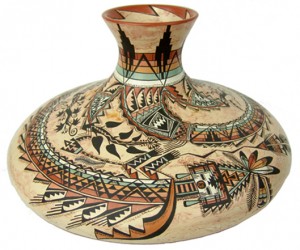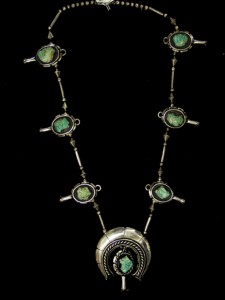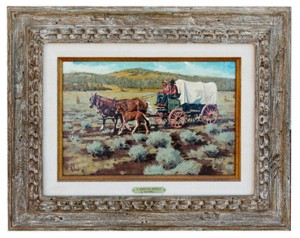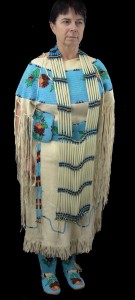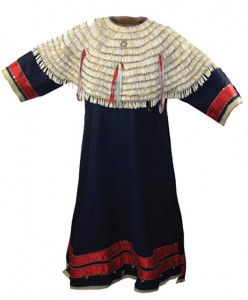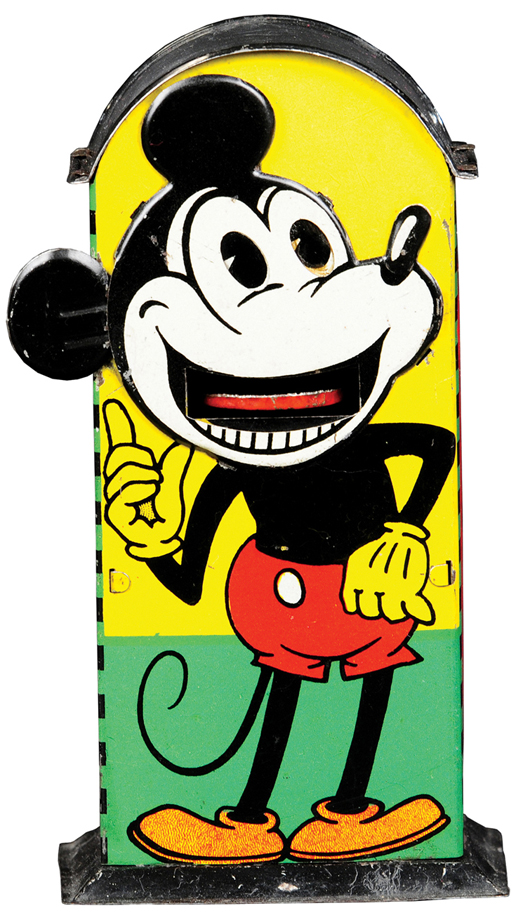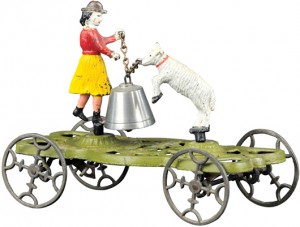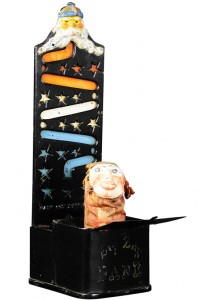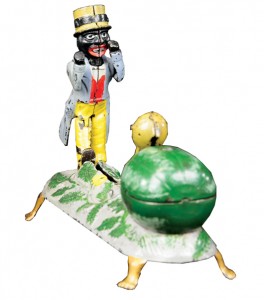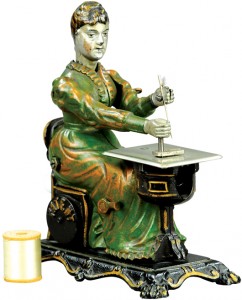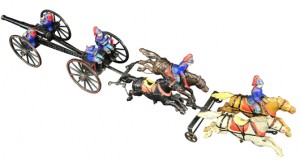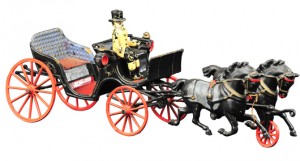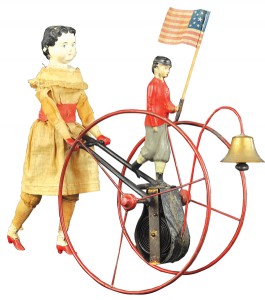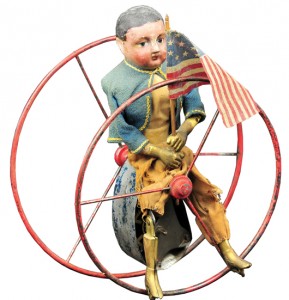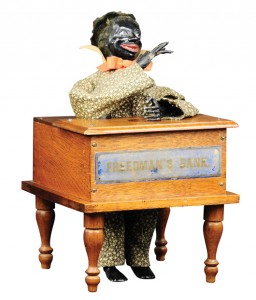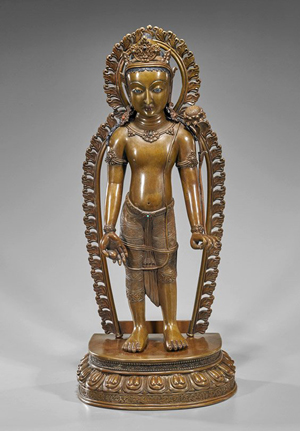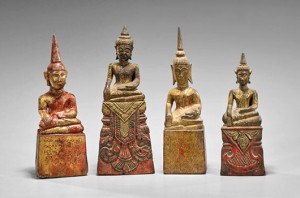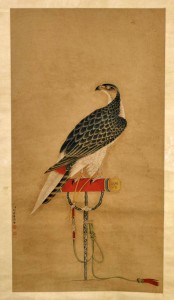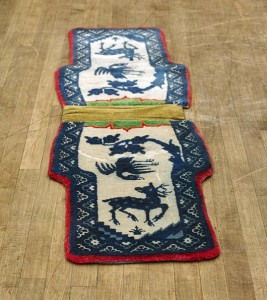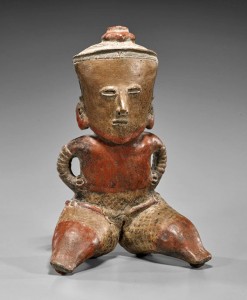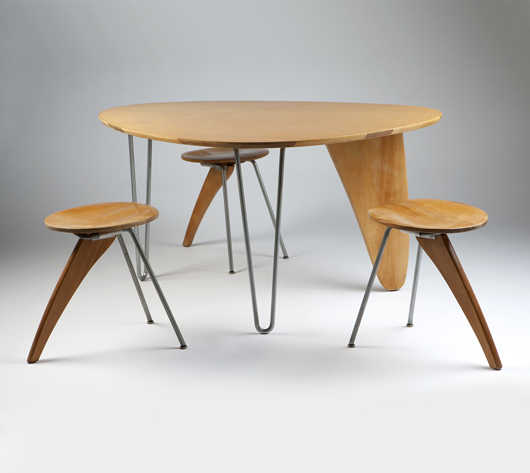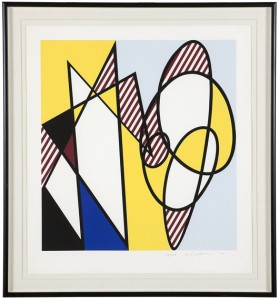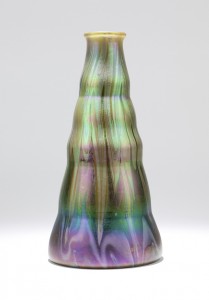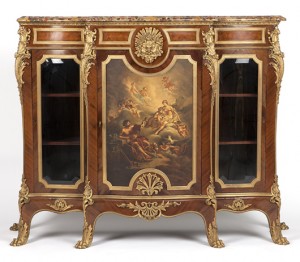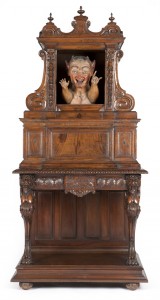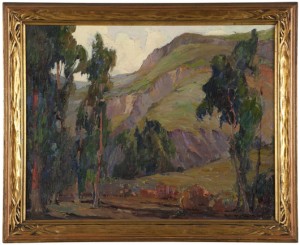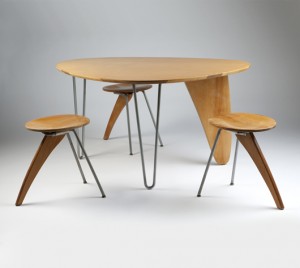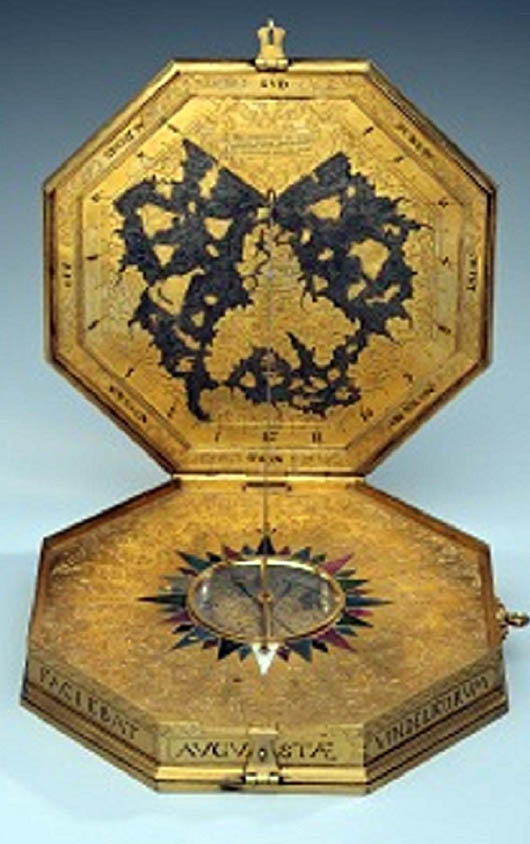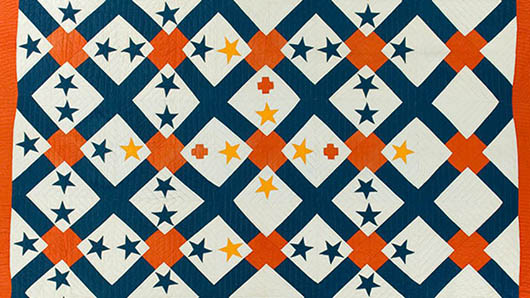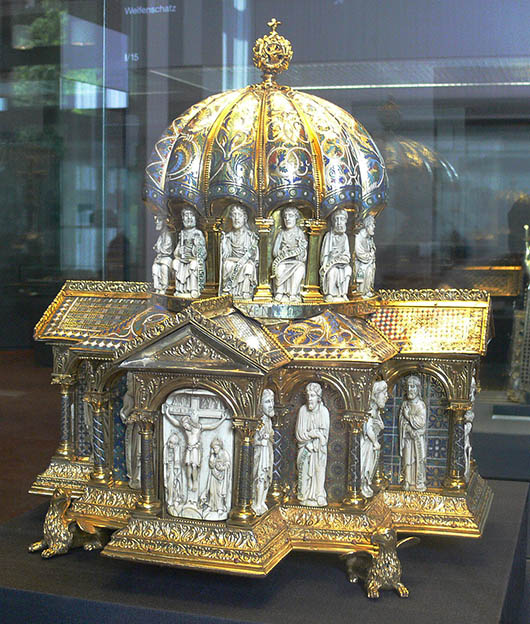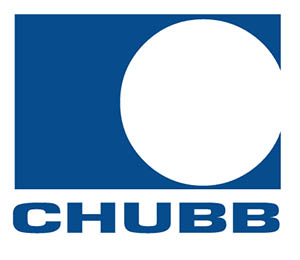MESA, Ariz. – A large, beautiful and prehistoric Anasazi pottery jar and a circa 1900 Sioux dentalium and tradecloth dress are expected top lots at this year’s Big Spring Phoenix auction, March 7-8, an annual event held by Allard Auctions.
LiveAuctioneers.com will provide absentee and Internet live bidding.
This year’s Big Spring Phoenix will feature more than 900 lots of Native American and Western artifacts, art and related collectibles. “This sale will have everything imaginable, from beadwork to pottery, artwork to jewelry, some very nice baskets and much, much more,” said Steve Allard of Allard Auctions Inc, which is based on the Flathead Indian Reservation in St. Ignatius, Montana.
Offered will be a fantastic collection of Anasazi pottery, a private collection of Zuni bolo ties and concho belts, a private katsina doll collection, and fine baskets from California, the Southwest and the Northwest Coast. In addition to baskets, pottery, beadwork and jewelry, lots will feature Navajo rugs, original art, bronzes, many prehistoric items, antiques and other items.
The Anasazi pottery jar, with an estimate of $10,000-$20,000, is a black-on-white olla, or water jar, being offered in rare, as-found condition in Tularosa, a village in Otero Cty., New Mexico. The jar, 11 ¾ inches tall, has some stress cracks, but is intact and sturdy, in very good condition. Anasazi pottery is highly collectible and the jar in the sale is considered to be a superb example.
The Sioux dentalium (tooth shell) and trade cloth dress and yoke are in very good condition. Like the Anasazi jar, it carries an estimate of $10,000-$20,000. It is a rare old 12-row, fully covered and removable dentalium shell yoke with canvas, and the original selvedge tradecloth dress with ribbon and metallic sequin accents. A few shells are missing on the extra large outfit.
A Santa Clara pottery jar made in the mid-1900s by Margaret Tafoya (1904-2001), who was active in Mexico and New Mexico, should change hands for $6,000-$12,000. The gorgeous and large (13 inches by 14 inches) deep-carved blackware storage jar with an Avanyu-style band is in very good condition. Just one small abrasion area on one side is its only blemish.
A Navajo necklace, made around 1974 by Ben Nighthorse Campbell, is a rare early work done in sterling, with sea foam turquoise nuggets and bench-made beads. It was done in the Navajo style, despite the fact that Campbell was actually Northern Cheyenne. It is also the first piece he signed “Nighthorse.” The necklace, 44 inches in length, should fetch $5,000-$10,000.
A Navajo pottery jar, turned in the late 1900s by the award-winning, high-end potter Lucy Leuppe McKelvey, is estimated to bring $2,500-$5,000. The original design jar, titled Whirling Rainbow Goddess of the Windway Chant, shows amazing painted polychrome designs done on mottled clay. It measures 10 ¾ inches in height and 16 ½ inches in width and is in very good condition.
A pair of Navajo rugs or weavings done in the 1940s, are expected to sell for $2,000-$5,000 each. One is a large, vintage Ganado rug with elongated central lozenge and precise details. It is in very good condition and measures 48 inches by 88 inches. The other is a Crystal rug, nearly room-size at 75 inches by 128 inches. It boasts a striking geometric design in still vivid colors.
A gorgeous oil on canvas painting by Fred Fellows (b. 1934), titled A Working Mother, 12 inches by 18 inches (23 inches by 29 inches framed) has an estimate of $2,500-$5,000. The signed work was rendered around the 1980s. Fellows was born in Ponca City, Oklahoma, and now lives and works in Sonoita, Arizona. He is a painter and sculptor who works in the realist style.
Rounding out just a handful of the auction’s expected top lots are a matted and framed collection of original historic artworks pertaining to Asa Battles (b. 1923), including a rare first-edition copy of Fodor’s 1975 book Indian America, plus over 40 pen-and-ink illustrations (est. $2,500-$5,000); and a Shoshone woman’s outfit made circa the 1960s, a sinew sewn flat and lazy stitch beaded white buckskin outfit in very good condition, sized small/medium (est. $3,000-$6,000).
Lots 1-440 will be sold on Saturday, March 7; lots 501-850 will be sold on Sunday, March 8.
Allard Auctions, Inc. has been selling exclusively American Indian artifacts and art at auction since 1968. The firm is always accepting quality merchandise for future auctions. To inquire about consigning call them at 406-745-0500 or toll-free 888-314-0343 or send an email to info@allardauctions.com.
[button color=”black” size=”big” alignment=”center” rel=”follow” openin=”samewindow” url=”https://www.liveauctioneers.com/auctioneer/5/allard-auctions-inc/”]Click to view the catalog at LiveAuctioneers[/button]


